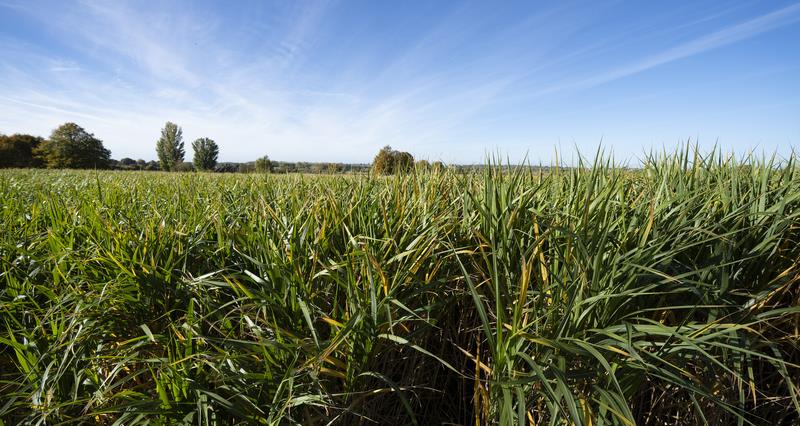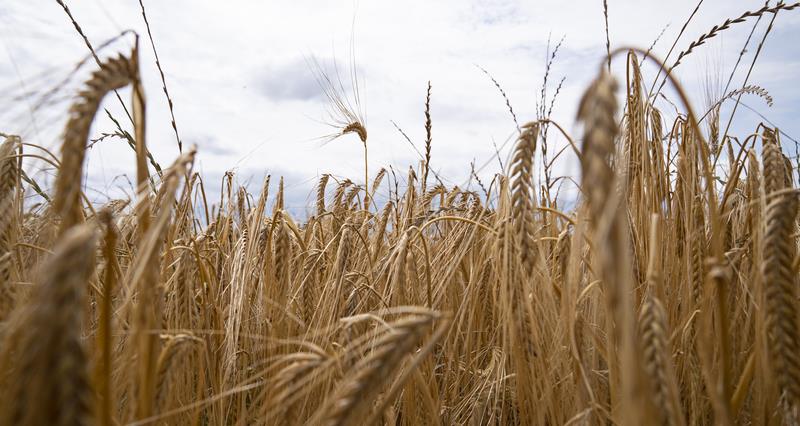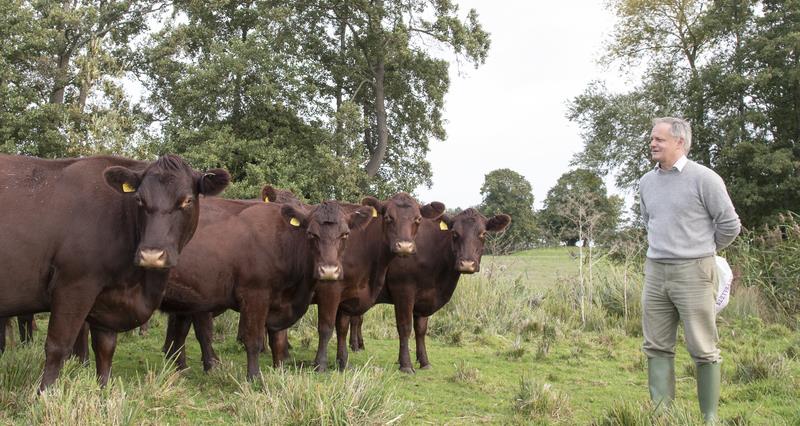The government’s new long awaited Biomass Strategy has once again highlighted the opportunity of home-grown biomass production in the UK.
The government expects the UK’s future bioenergy resources to come from both imports and domestic feedstocks – in the form of products and co-products from the agricultural and forestry sectors, as well as recovered resources from paper, packaging and food waste.
There is an undeniable interest in the potential of perennial as well as annual energy crops – overlooked ‘Cinderella’ resources among British renewable energy options.
You can read the UK government's new strategy here: Ìý
How we’ve got to this point
First identified by the ETSU (Energy Technology Support Unit – an agency of the Department of Energy in Harwell, Oxfordshire), in response to the oil price shocks of the early and late 1970s, short rotation coppice willow and miscanthus were recommended as a flexible and expandable domestic energy reserve that could be produced on relatively poor agricultural land, significantly supplementing the UK’s modest forest resources.
By the mid-1990s, numerous reports had already been published on the combustion characteristics, yield potential, energy balance and ecology of these ‘biomass plantation’ crops. The Rio Earth Summit of 1992, which first called for renewable energy to replace fossil fuels in response to the threat of climate change, added to the momentum to develop large-scale domestic bioenergy options worldwide, particularly outside the realm of the conventional forestry sector.
Now the Biomass Strategy has once again highlighted the role that such crops could have here, including government projections that planting rates could increase to about 15,000 hectares per year in England by 2035, starting from a very small base today.
Working alongside food production
Perennial energy crops won’t appeal to every farmer (notably those without long-term land tenure, under farm tenancies or contract farming agreements) but they offer potentially stable diversification of farm income, together with multi-purpose land use which can provide game cover, harbour biodiversity and perform other ecosystem services such as slowing floodwaters or capturing diffuse pollution.
Importantly, when located in less productive land, they can be managed in a sustainable fashion that works alongside rather than competing against food production or other environmental targets.
Lessons learned the past
In the early 2000s, the first round of the UK’s Energy Crops Scheme kick-started incentives for farmers to plant willow and miscanthus, at a time when wheat prices were relatively low and falling, which helped to make the economic case for biomass production on previously cultivated land. Some will remember that a 17 month hiatus in 2006-07 between this and an overly-bureaucratic successor scheme damaged industry confidence.
The absence of complementary measures to support long-term biomass offtake contracts and investment in infrastructure only compounded the failure to create a growing market - a lesson learned that sustained market pull is a key requirement for this land use.
The Renewable Heat Incentive and other market stimulation measures in the 2010s drove some modest prospects for predominantly wood fuels and annually-harvested feedstocks for anaerobic digestion, but the large-scale opportunities for millions of tonnes per year of renewable fuel emerged only for imported biomass.
The hopes of British energy crop growers have been raised and dashed many times before. We can ill afford to see this happen once again.
Looking towards the new strategy
Having neglected to fully implement or update its previous 2012 Bioenergy Strategy, and largely overlooking the recommendations of an industry-led series of reports published in 2018-19, it was not until late 2020 that the government sought evidence for a new Biomass Strategy, originally to be published in 2022.
Disrupted by the Covid-19 pandemic but underpinned by the UK’s brief global leadership shown at COP26, this faltering policy of energy and land use needs clear government leadership. But the new Biomass Strategy fails to deliver this policy leadership – rather, it reminds us of the need.
Perhaps Defra’s long awaited Land Use Framework may provide a more conducive context, one that sets out how increased domestic biomass production can be achieved sustainably.
However, at this moment the government’s Biomass Strategy underplays the potential for a well-regulated domestic biomass supply to contribute to UK energy security, that creates an opportunity for UK farm businesses and stimulates greenhouse gas removals for a net zero economy.




